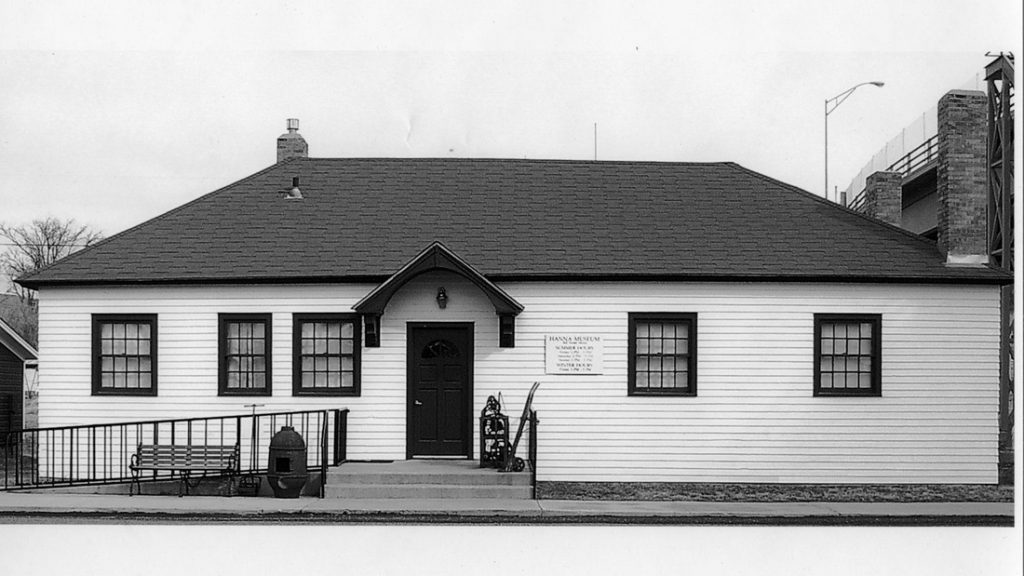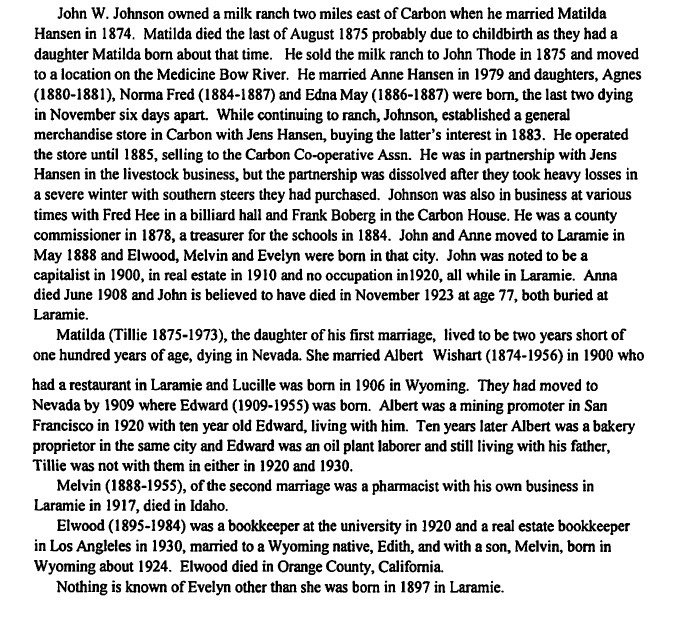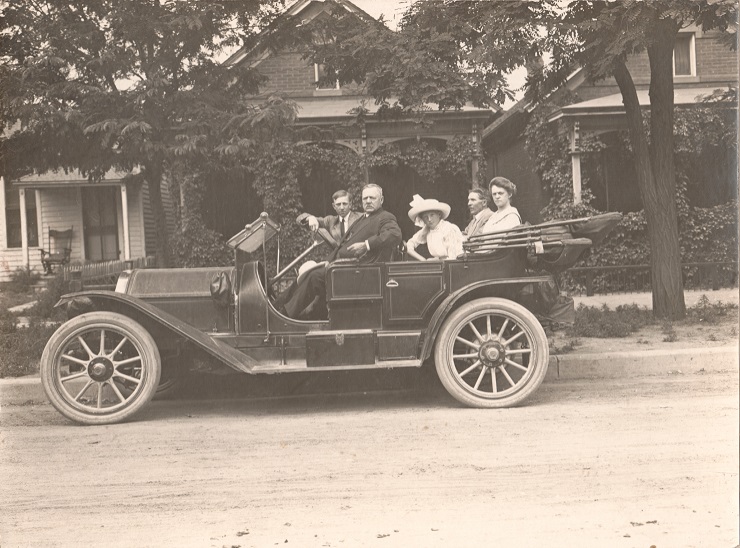Friday morning I was sorting through some census records and logging them into my genealogy software (Legacy Family Tree). I came across a record for the Brodd family from 1880.
So let’s review a bit about the Brodd family. Last time I mentioned them, we were in Sweden, exploring their farms and churches. At the time they left Sweden, Anders Gustaf Brodd (or “A.G.”, as he was known in America) was a soldier, was married to Gustafva Johansdotter, and had three children. Gustafva had been orphaned at the age of 13. She and her younger brothers, twins Johan and August, became wards of the church when their father died. After a time, they left the care of the church and got jobs on their own, Gustafva as a maid and the boys as farm hands. Eventually, Gustafva found work at the Espås estate near Håkantorp, where A.G. worked as a farmhand. It was at about that time that he became a soldier, and shortly after that they were married. They lived on a little farm called Herr Lagersgården, which was located on a little hill next to a big lake. Being able to live and work on this farm was part of his “compensation package” for being a soldier. They were probably quite poor.
In the meantime, Gustafva’s little brother Johan went to America and started finding success there. He became known as J.W. Johnson. One of his early jobs was working as the head carpenter at Fort Fetterman in Wyoming. It seems that J.W. must have written compelling letters back home to Gustafva. in 1875, the Brodd family packed up and moved to America even though A.G. had not completed his military service. Gustafva really wanted to come to America. A.G. – well, not so much. They left “without papers” (a bad thing), boarded the immigrant transport ship Orlando in Gothenburg on May 7, 1875. The passenger list shows them as the Anderson family – not sure if this was an error or part of a subterfuge associated with going AWOL from the military.

According to family legend, they came to Wyoming just in time for Gustafva to save the life of J.W.’s daughter Tillie. Tillie (Matilda) was born on July 29, 1875, and her mother died a short time later from complications of childbirth. Gustafva was nursing baby daughter Augusta Charlotta at the time, and she was able to take the newborn Tillie into her care.
So I found the census records for 1880 for Carbon County, Wyoming. They are shown as the “Broad” family, and by now little Clara Elizabeth (my great-grandmother) and Carl Herman have been added to the family. A.G. is a “coal weighmaster”.

What caught my eye as I was entering the data was their location. They were listed as living in the town of Carbon in Carbon County, Wyoming. Looking for a map of the area, I realized that there is no such thing as a town of Carbon. Digging a little deeper, I discovered that Carbon did indeed exist at one time and was in fact the location of the first commercial coal mine in the State of Wyoming. I stumbled onto the website of the Hanna Basin Museum, dedicated to the history of Carbon and Hanna (a nearby town that still exists). The museum is open daily in the summer but only on Friday afternoons in the winter.
ROAD TRIP!
Since it was a Friday morning, I decided “what the heck” and took off for Hanna. It was a beautiful day for a drive and despite the fact that I’m still recovering from West Nile Fever, it seemed like a fun thing to do after several weeks of boredom and illness.
I arrived at the museum a little after 2:30 and boy, did I hit the jackpot.

They have a book called “Carbon – The First Coal Town in Wyoming”. It’s nearly 250 pages long and contains a lot of information about J.W. Johnson. The Brodd family is mentioned, too. The kind volunteer on duty that day, Nancy Anderson, loaned me their only remaining copy. I ran it through my sheet-feed scanner here at home and added search capability to it while I was at it.
Here’s what the book has to say about J.W.:

The book has much more information in it that I’ll have to save for another time.
Carbon’s mine was eventually depleted and the town was pretty much destroyed by fire. All that remains today are the rubble of foundations and the little town cemetery. It turns out that J.W.’s first wife Matilda is buried there, as is another daughter from his second marriage (the cemetery list is available online). I really REALLY wanted to go to the cemetery but by 4:00 it was starting to get dark and the beautiful day had turned to SNOW. The cemetery is about five miles off the road and I could get no cell phone signal. So I decided it would be a bad idea for a West Nile victim to go four-wheeling in a snowstorm and headed for home. Can’t wait to get back there, I remember exactly where the turn-off is from Highway 287.
I just can’t imagine what it must have been like for A.G. and Gustafva to arrive in this sagebrush desert after living in beautiful Håkantorp. Carbon is truly in the middle of nowhere. They probably lived on J.W.’s ranch for a while but then moved into Carbon. It was a very rowdy town with a lot of saloons, drinking, crime, and even a vigilante hanging in 1878.
I can certainly understand why the farm life of Saunders County, Nebraska would have been appealing. They left Carbon sometime around 1881 or 1882. I’m not sure why they picked Saunders County, but I’ve got a suspicion that A.G. knew the Walin family, who were from the same part of Sweden as he was and who had arrived in Ceresco earlier.
The Brodds stayed in touch with J.W. Johnson throughout his lifetime. Clara worked for him after he moved to Laramie, and it was there that she met and married P.W. Pearson.
Here’s a photo of J.W. Johnson in 1912. Seated with him in the front is his son Elwood. Daughter Evelyn is the woman with the hat.

